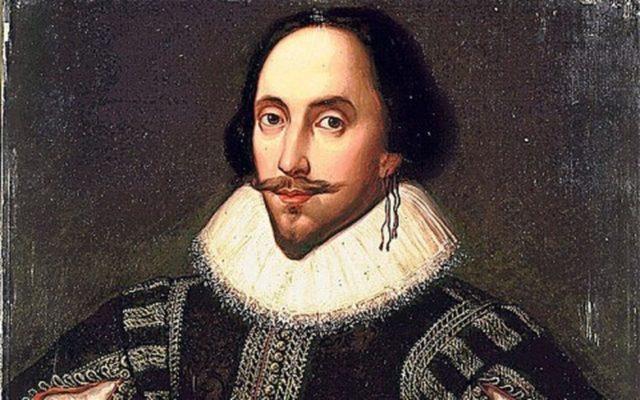Concetti Chiave
- The poem reflects on the passage of time, using vivid imagery to depict the transition from day to night and youth to old age.
- Shakespeare uses natural elements like trees and seasons to symbolize life's cycle, emphasizing the inevitability of aging and decay.
- The central theme is the relentless nature of time, which spares no beauty or vitality, highlighting the transient nature of life.
- The concluding couplet suggests that procreation is the only way to defy time's destructive power, creating a lasting legacy.
- The sonnet employs a progression of metaphors, moving from the simplicity of a clock to the complex imagery of harvest and death.
When I do count the clock that tells the time,
And see the brave day sunk in hideous night;
When I behold the violet past prime,
And sable curls, all silver'd o'er with white;
When lofty trees I see barren of leaves,
Which erst from heat did canopy the herd,
And summer's green all girded up in sheaves,
Borne on the bier with white and bristly beard;
Then of thy beauty do I question make,
That thou among the wastes of time must go,
Since sweets and beauties do themselves forsake,
And die as fast as they see others grow;
And nothing 'gainst Time's scythe can make defence
Save breed, to brave him when he takes thee hence.
In the first quatrain:
- Time rappresent the nature
- The day rappresent tha young people
- The night rappresent the old people

Il passare del tempo
The sonnet's meaning is contained, as is usual in Shakespeare, in the final rhymed couplet: nothing can oppose time's destructive power except marriage and procreation.  The first two "When"-quatrains describe the passing of time in a progression that from the image of the clock-dial in line 1 reaches the more elaborate metaphor of lines 7-8. The images became images of death for the passing of time. To counteract death's levelling action, anex life needs to be created.
The first two "When"-quatrains describe the passing of time in a progression that from the image of the clock-dial in line 1 reaches the more elaborate metaphor of lines 7-8. The images became images of death for the passing of time. To counteract death's levelling action, anex life needs to be created.








 Accedi a tutti gli appunti
Accedi a tutti gli appunti
 Tutor AI: studia meglio e in meno tempo
Tutor AI: studia meglio e in meno tempo